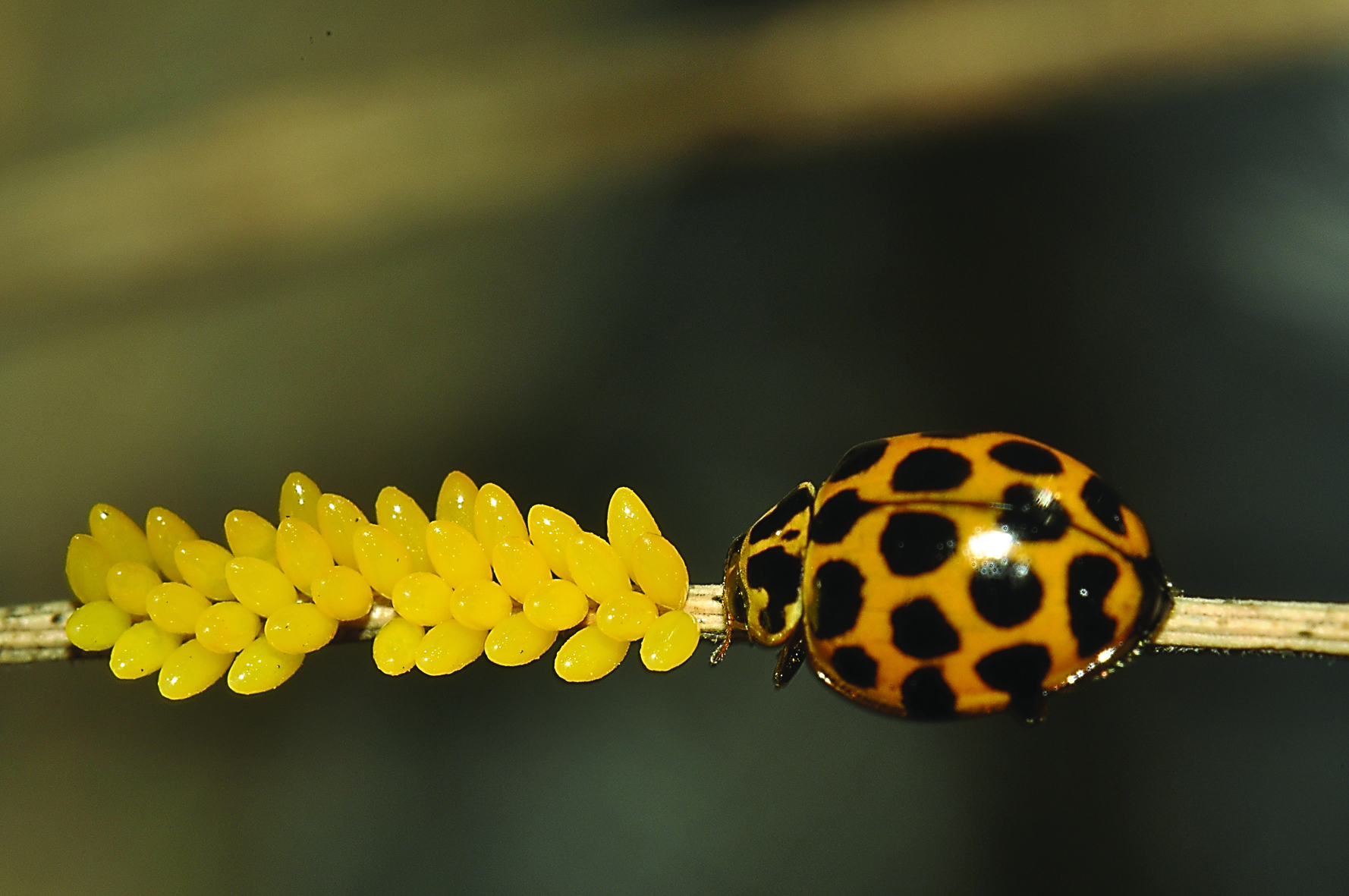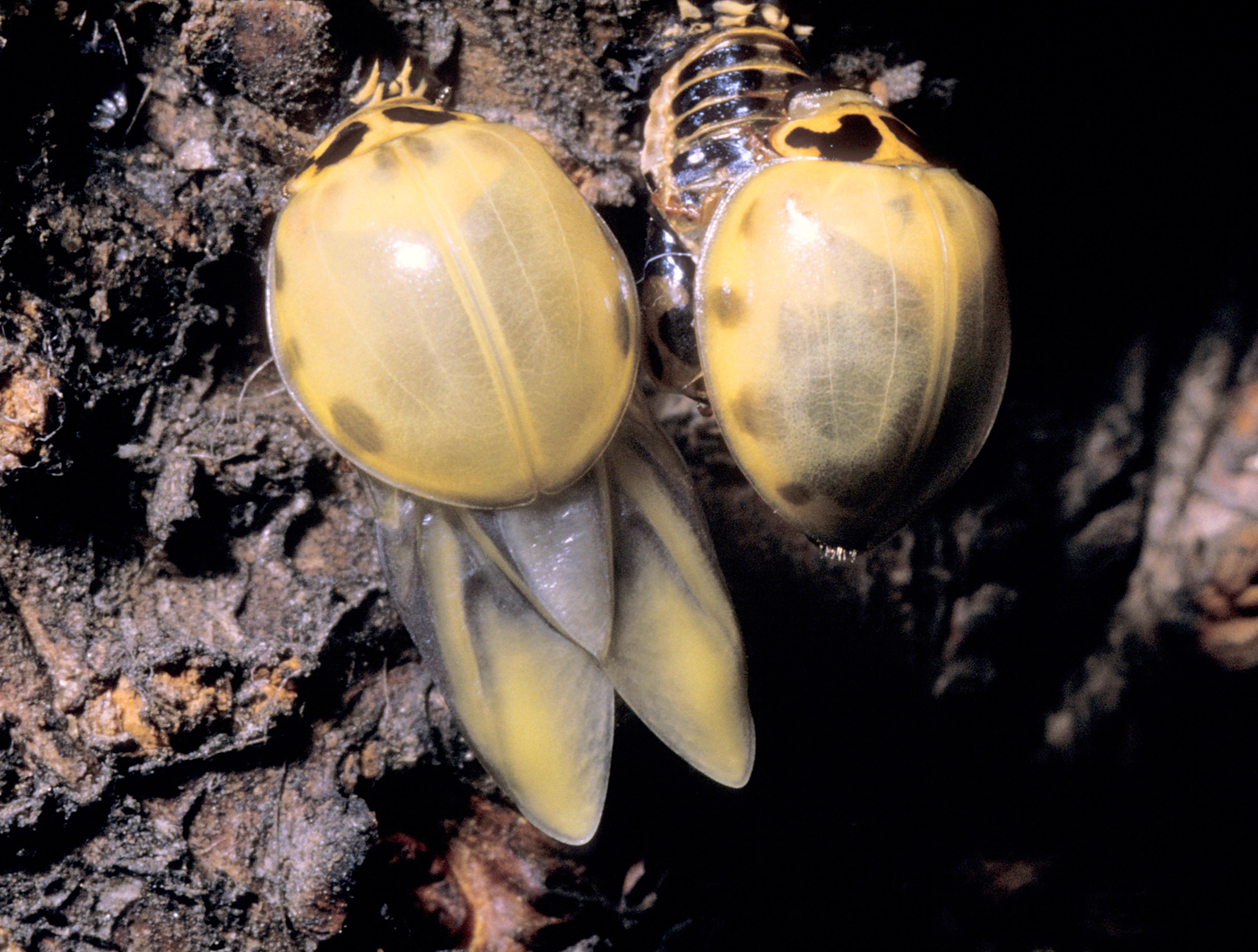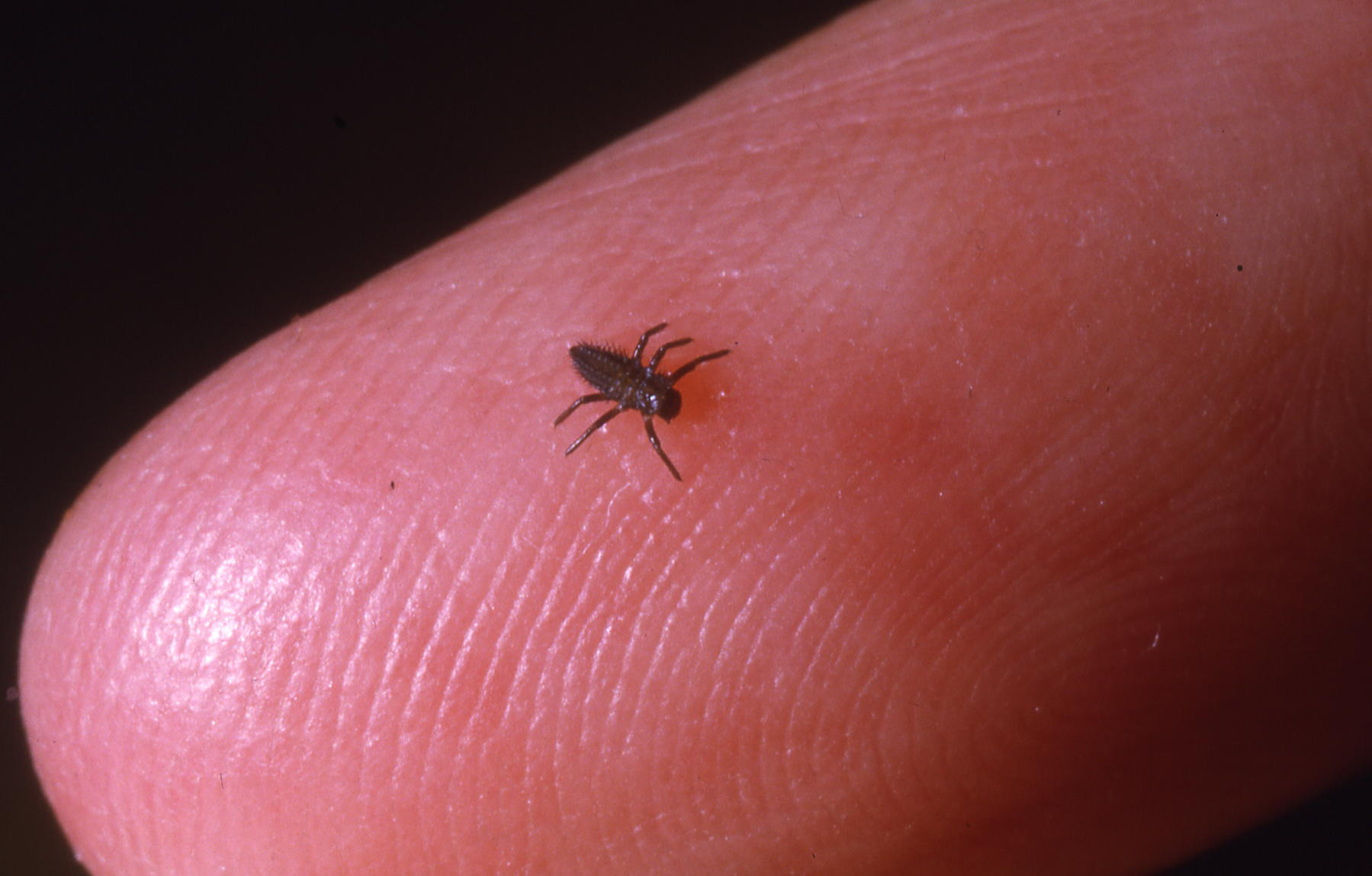This bird is a lady
Everybody knows and loves ladybirds. In fact, they are probably the most universally accepted insect species, bringing more smiles to more faces than any other.
words by Howard Birnstihl
Kids have always loved them for their colour and their spots and for the way they trundle along like miniature mechanical toys. And they fit perfectly on a child’s fingertip.
Gardeners like them too as they are aphid eaters, but birds like them as well and, of course, they’re easy to spot, if you’ll forgive the pun. Speaking of spots, the common variety have 18. I’m told the less affluent European variety can only afford 15.
A couple of years ago, walking the dog up through the Parkville Gardens, passing what amounts to a virtual forest of She-oaks, I was amazed to find ladybirds in plague proportions. More accurately, I discovered thousands upon thousands of their tiny iridescent yellow eggs laid in batches of 20 or so, often in hollows on the rugged bark, but more often waving in the breeze on their spindly needle-like leaves [called phyllodes], far too spindly to support most predators, insects or birds, not game to venture out on a limb, so to speak. As I had known little about the habits or life cycle of these colourful critters, this provided me with a nice little master class.
I was surprised at the rapidity of their generational turnover. Mum would lay her brilliant yellow eggs, sometimes dozens of them, and where she fitted all that material inside her tiny rotund body is anybody’s guess (although the designers of the famous VW probably have a total understanding of the problem and the solution).
Being so bright and eye-catching it is just as well she lays so many. Even Dad, in search of a bit of protein, has a tendency to gobble up his unborn children for breakfast so Mum has to stay ever vigilant. In a fabulous example of what is known as complete metamorphosis, those that survive predation hatch in a day or so in a form entirely different from that of an adult. These larvae appear as tiny spiky black dinosaur type creatures, almost too small to see. They grow to a length of a centimetres in a few days and then attach themselves to a solid base and strain like blazes. They split down the back, the new adult emerging in the right shape but the wrong colour. Insipid yellow, they dry out their wings, their black spots slowly developing along with their more sumptuous and luridly familiar orange. They feast on tiny insects and more than the occasional aphid and virtually from the day they reach adulthood they enter the mating game. Eggs are laid methodically as in some assembly line process. A couple of days later the eggs hatch and off we go again. Sixty trees each with about a dozen batches of 20 eggs every week for the summer. I’ll leave you to do the maths.
Like the silver eyes, thornbills and other small grey birds, I return each summer for the feast, although why this mass production should take place in this sparse grey green forest is a mystery to me, if not to the birds. As stated, the physical environment is ideally suited to the egg laying process but in all the time I’ve been roaming there I have yet to see a single aphid. I guess ladybirds are more intrepid travellers than I’ve ever given them credit for, my particular swarm setting their GPSs and heading off through the buffeting wind for a km or two to seek out the rose bushes in your garden and mine. The more ladybirds, the less aphids. The less aphids, the more the roses of North and West Melbourne thrive.
If you would like to see more of my work, scan the QR code below or check my YouTube channel under my name •

Jo Ryan unveils Ordered Chaos at Blender Studios






 Download the Latest Edition
Download the Latest Edition